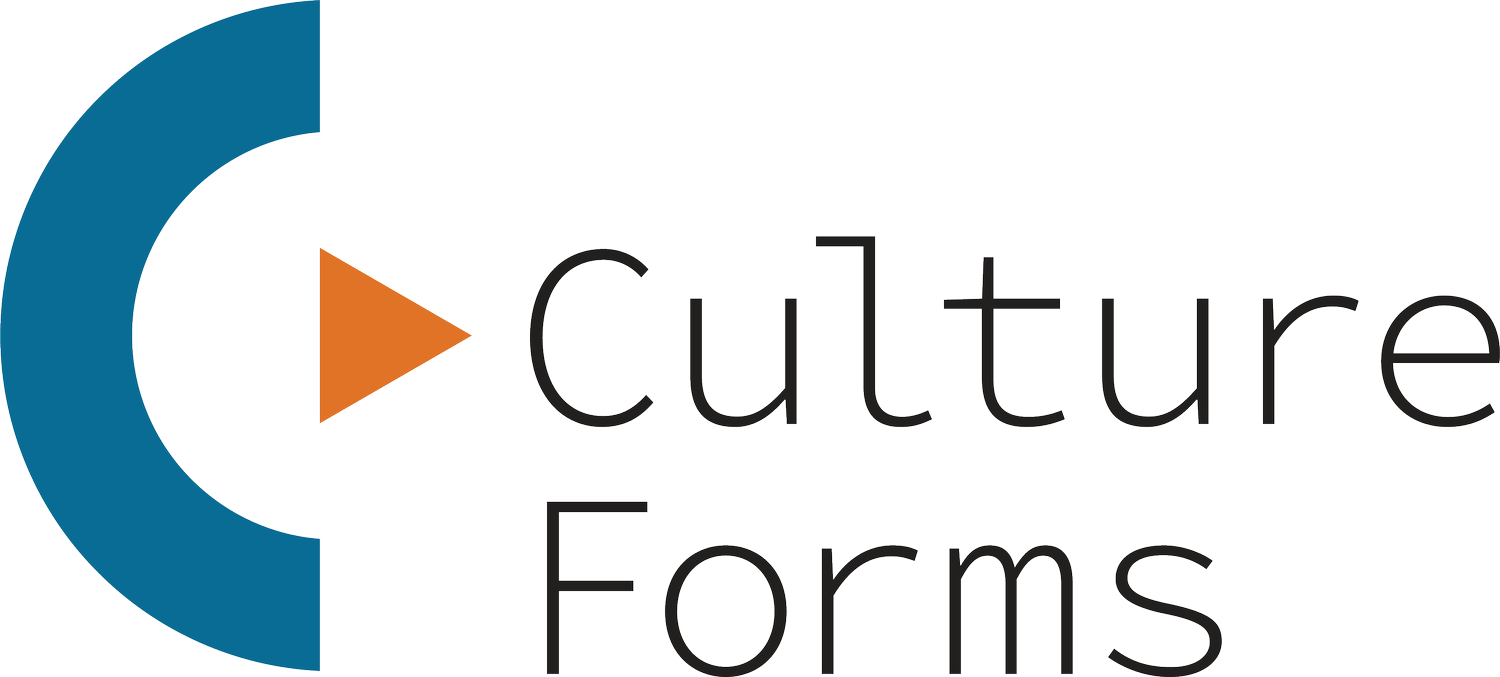Proactive versus Reactive Approaches to Trust Building at Work
What do a nonprofit law firm, a graduate poetry workshop, a modern art museum, a publishing house, a ceramics studio, and a company that advises farmers on their business strategies have in common?
They all depend on people. Specifically, they depend on people working together.
Any group can become a community, but it’s rarely a given. In communities, people arrive and depart; relationships wax and wane. Tending to these dynamics takes time and intention. Not so much, it turns out, but more than nothing.
When I partner with organizations, I teach them what signs to look for—clear and less clear indications of change—and how to create their own “forms” (habits, questions, approaches to learning, etc.) to strengthen the culture they’ve already grown. Culture isn’t snacks—it’s creative and dynamic, the sum total of ways a collection of people can imagine forging community. It’s how you’d describe the workplace to a friend who is considering a job there, or what habits you’d want to leave behind when you opt for another job. (It’s also a hundred other things, for another log.)
There are two approaches to this work I do.
Sometimes, I join organizations or teams in a more proactive manner: nothing is particularly wrong, but the leadership has the foresight to bolster a team’s languages for collaboration. This may happen in advance of an organizational change, or because a grant comes through, or because a leader is curious and committed to fostering a dynamic culture and understands that it takes creative effort. There may be a few difficult conversations (because once you look under the hood you often see what needs repair), but it is inspiring when an organization has the courage and confidence to check.
Other times, I am brought in to help repair something that hasn't yet settled; this can be a good 12-18 months after an incident. In this scenario, people are wiped out. Difficult conversations precede difficult conversations. In some instances, people are suffering—this can manifest across a spectrum, from feeling a little uneasy, to walking on eggshells, to absolutely dreading the prospect of being around one’s colleagues. I’ve seen it as a member of a team and I’ve seen it as the facilitator brought in to help alleviate symptoms. Conflict happens. The worst thing we can do is ignore it and hope it will pass.
In either approach, once I’m engaged with a group—new habits and conversations underway—we explore and practice a similar set of skills and craft parallel questions to unwind; but the difference in approaches can feel quite remarkable (for me, yes, but more importantly for your staff).
We’ve all read articles or heard podcasts about breakdowns in trust and culture at organizations. And to be honest, I resent the rubbernecking that seems to have become modern day office sport because if people—and the relationships among them, across teams—are not thoughtfully treated, any institution can end up having such challenges. When an organization isn’t prepared to manage fresh conflict—whether because of conflict-avoidance or lack of time or funds—it will likely fester, becoming an infected wound.
Every team and organization can benefit from budgeting time and funds for collective human maintenance. Many of the signature practices I lead do exactly that, and the outcome is greater trust and understanding through better communication; when practiced regularly, these elements make all the other work your team wants to do not only more possible, but more enjoyable.
So what’s the danger of not budgeting for such work? Consider an article by Lisa Zigarmi and Julie Diamond in Harvard Business Review about elephants in the room leading to feelings of being “stuck” at work:
“Stuckness” leads, at the very least, to ineffective meetings that amount to no more than status updates and, at the very worst, to inaccurate decisions or failed projects. And stuckness comes with a steep price tag, costing organizations millions of dollars per year. When uncomfortable issues can’t be addressed, organizations end up tolerating toxic employees and underperformers. Recurring discussions or background tensions lead to squandered energy and interpersonal fatigue. And the lack of progress that results from undiscussables saps morale and motivation.”
Over time, and without being addressed, these conditions turn into full-fledged conflict. On a team where such undercurrents are present, a small misunderstanding can create a major chasm in mere seconds. In work relationships where trust is place, small misunderstandings more often lead to cathartic conversations.
Do you wait for things to hit the fan, or do you build some reserves of trust in advance? With a little time and intention, you can always build more trust; if you do, it will serve you and the whole community whenever you may need it next.
